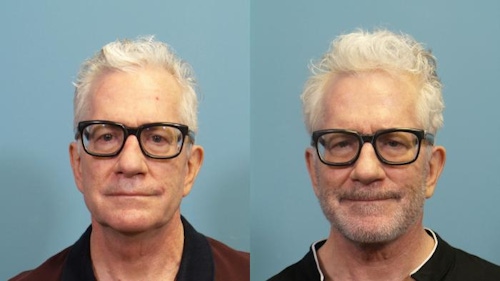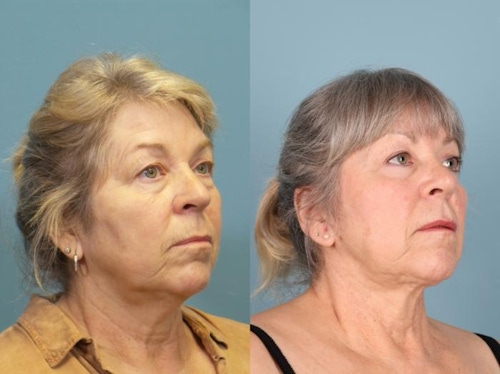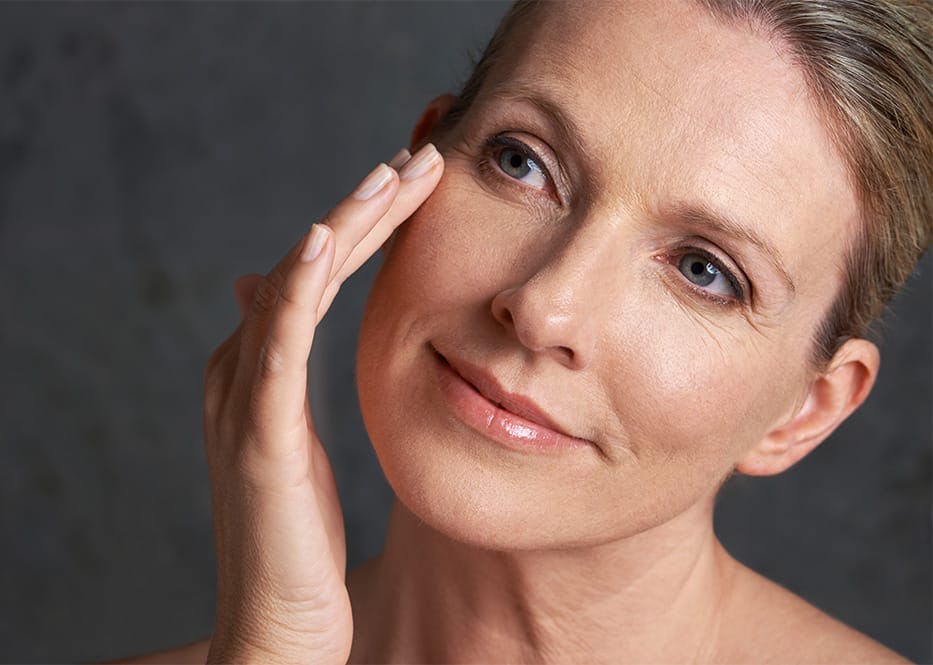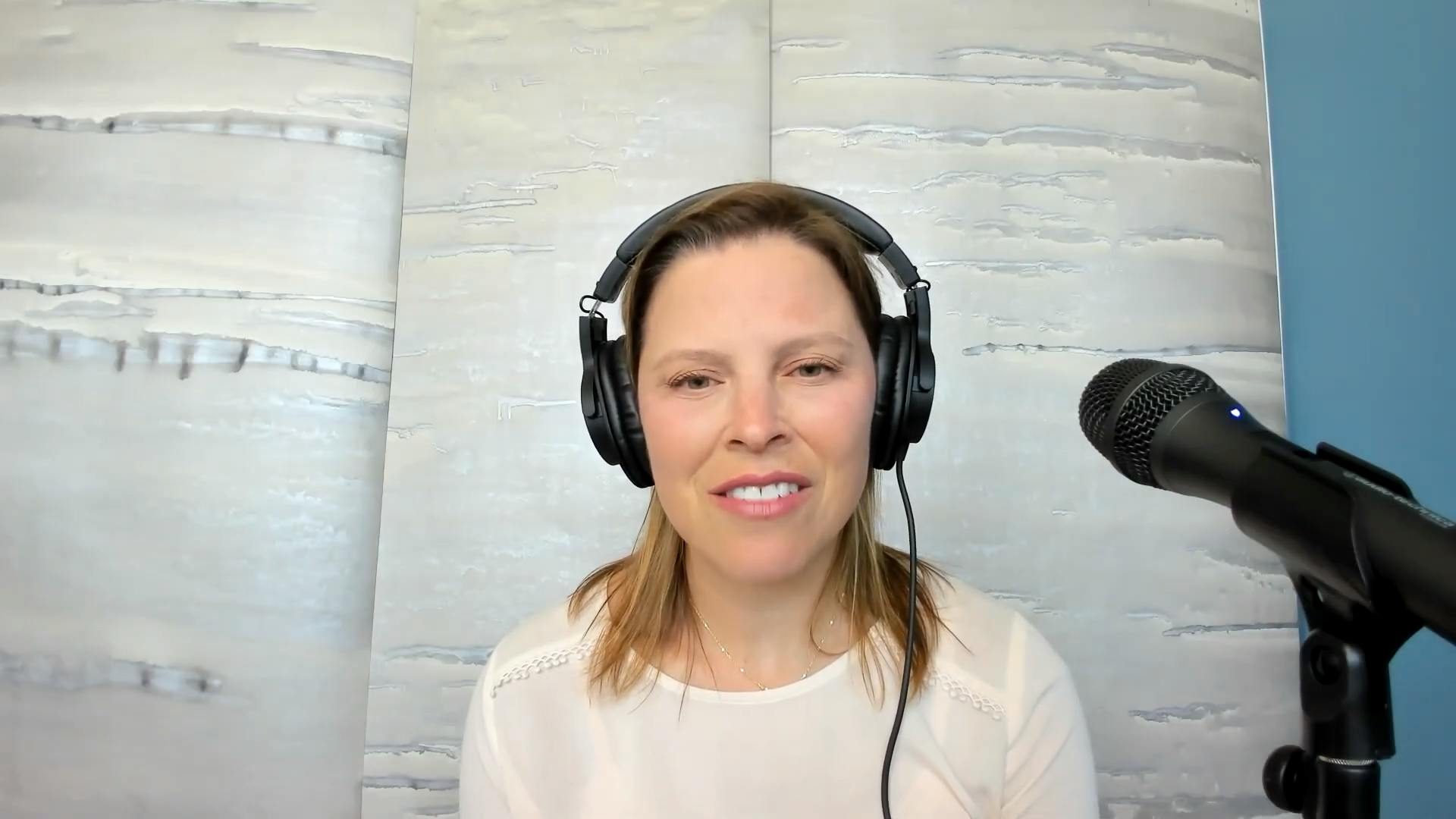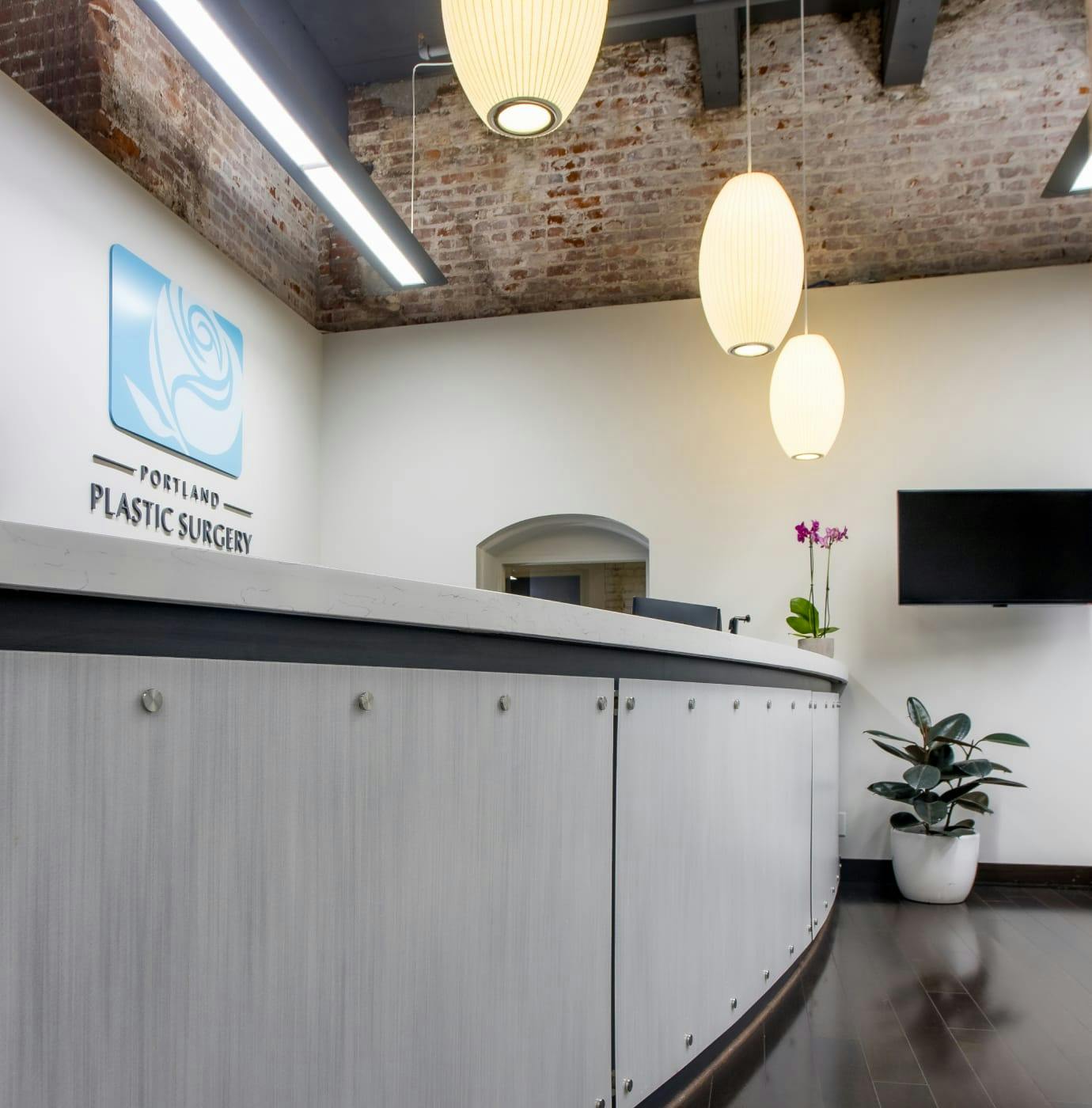Aging, excessive sun exposure, smoking, and fluctuations in weight are all factors that contribute to an older appearance. With facelift surgery, you can address facial aging and help rejuvenate your look to match how you feel.
How Much Does a Facelift Cost in Oregon?
At Portland Plastic Surgery Group, the cost for a facelift varies greatly depending on the complexity of the procedure and whether it is combined with other procedures. The cost for a facelift starts as low as $445.42/month, or $22,500, a neck lift starts as low as $384.05/month, or $19,400, and a brow lift starts as low as $156.59/month, or $7,910. To see our payment plan options and apply instantly, click here. These prices include our plastic surgeon’s fee, the surgical assistant’s fee, the surgery facility’s fee, the anesthesiologist’s fee, and CosmetAssure insurance.
Our prices are competitive with other practices in the area. A personalized quote will be provided at your consultation once you and your surgeon have decided on your surgical plan. To optimize your safety and the quality of your results, we recommend choosing a surgeon based on credentials and experience over cost.


